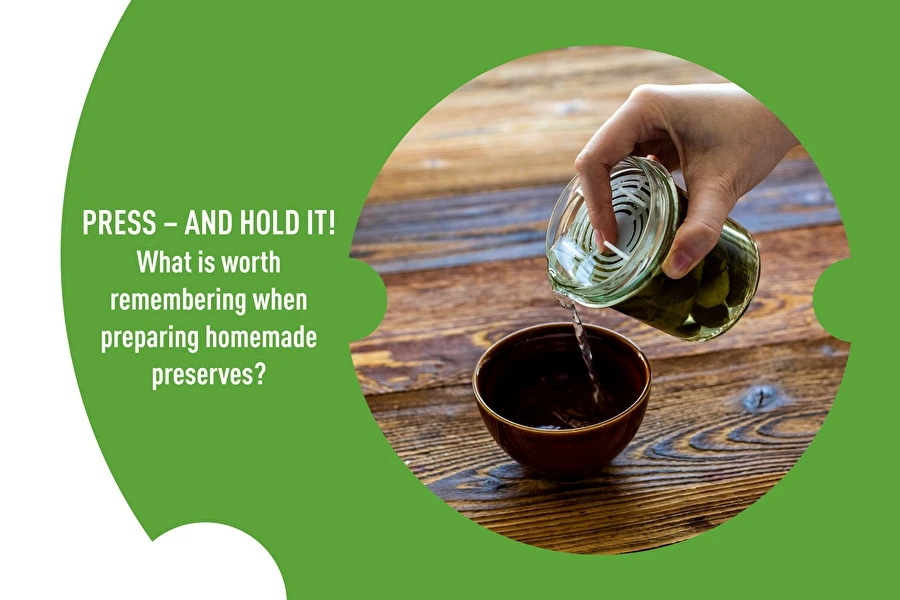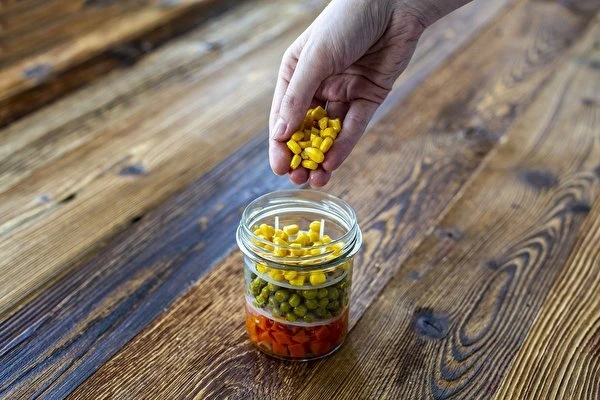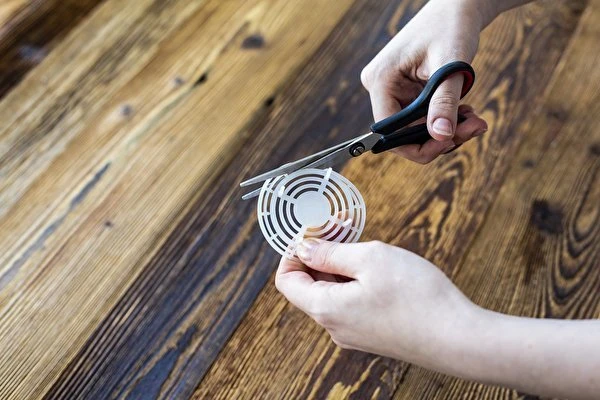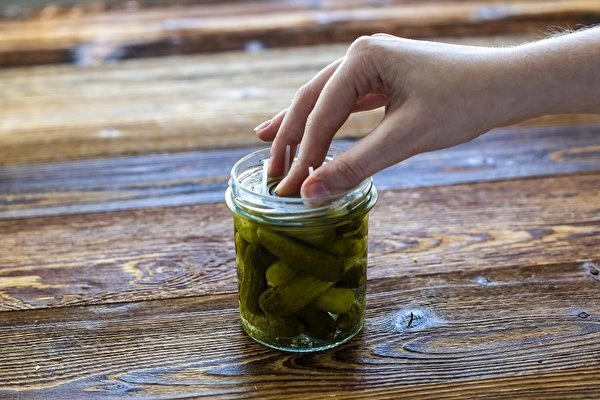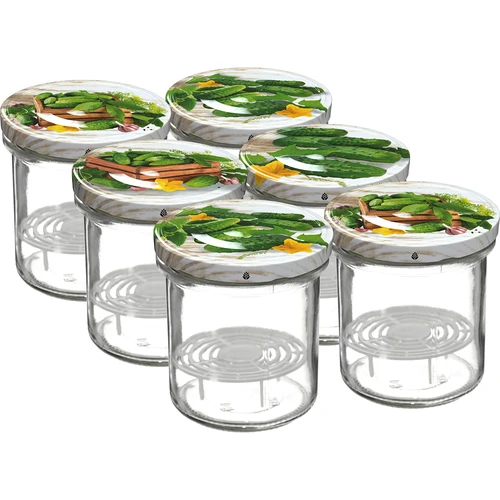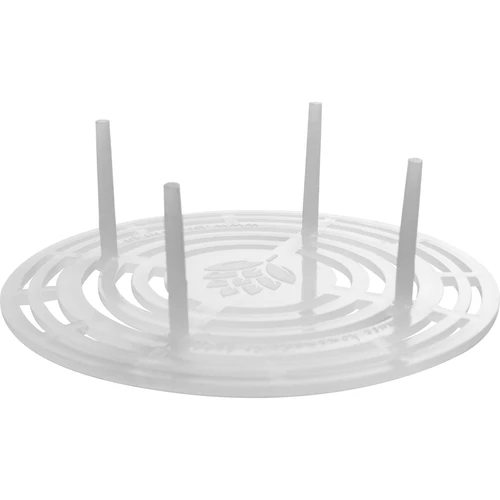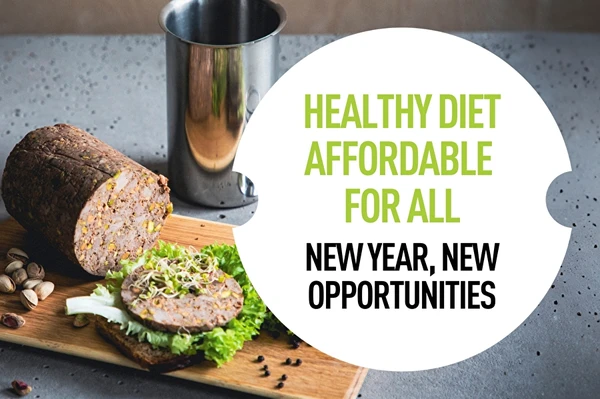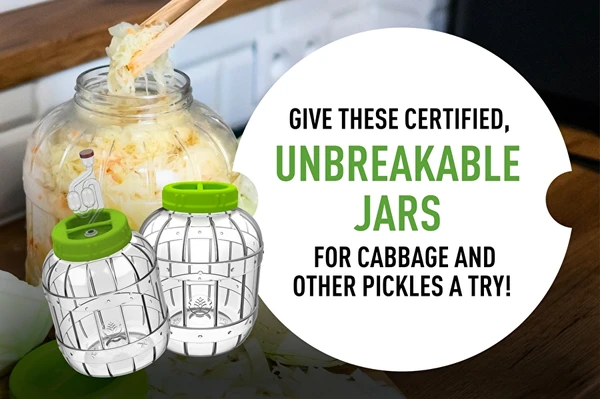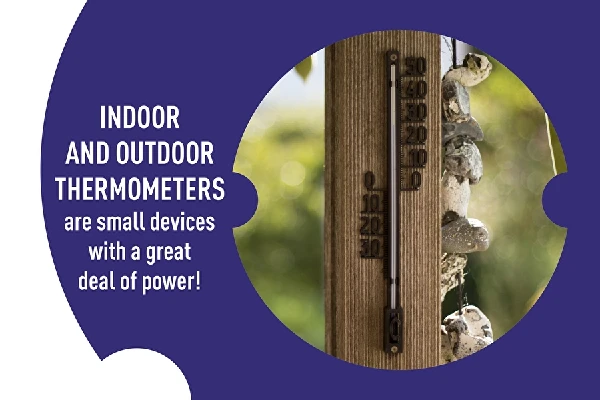Press – and hold it! What is worth remembering when preparing homemade preserves?
Making preserves is rooted in our history since the Middle Ages. A properly performed process of food preservation enables stopping the physiological, biochemical, and microbiological processes that take place in tissues. At home we usually use thermal methods, involving either high temperature (pasteurisation) or low temperature (cooling, freezing). We can also stop the development of unwanted microorganisms by limiting their access to water, e.g. by adding sugar or table salt, or by evaporating or drying a given product. A very healthy method is to use lactic fermentation, i.e. brine pickling, which is very popular in Poland. Another popular chemical method of food preservation at home is pickling, i.e. using an additive in the form of acetic acid.






 Cheese calculator
Cheese calculator



 Winemaking
Winemaking





